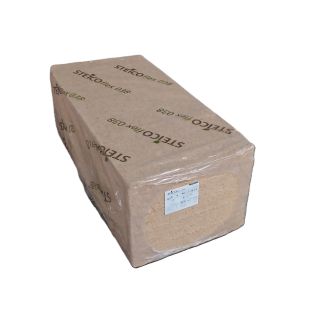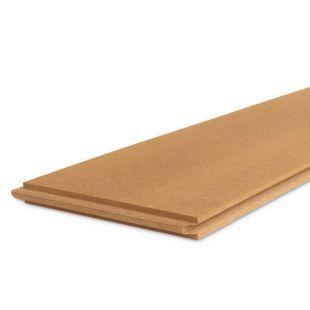- Construction technologies
- 0 likes
- 1118 views

STEICO wood fibre insulation materials protect against cold, heat, noise and moisture. They are also breathable and help to create a healthy and comfortable living environment. In addition, they provide double climate protection - they store CO2 and reduce CO2 emissions by retaining heat energy. Globally, more energy is used to cool buildings than to heat them. Expensive air conditioning systems are also on the rise. However, a lot can be achieved with the right insulation - including for the climate. The amount of wood fibre insulation used to insulate an average roof permanently stores more than 3 tonnes of CO2. This is roughly equivalent to the emissions of an average car over 3 years. This CO2 remains removed from the atmosphere for the entire lifetime of the building.
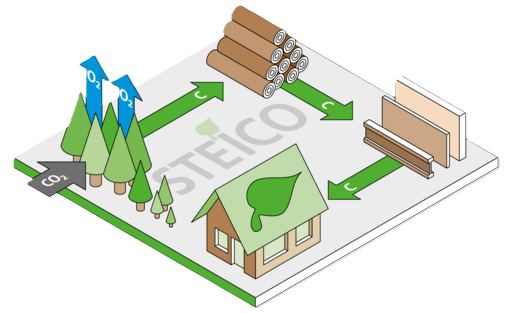
Steico Flex wood fibre insulation boards are produced using the dry process. In this process, fresh coniferous wood is broken down by steam and mechanical processing into individual fibres, which are then further processed. In the dry process, the fibres are dried before being formed into boards. A small amount of binder is applied to the fibres, which are then used to form boards of different thicknesses. STEICO wood fibre insulation boards made by the dry process are lighter and can be produced in greater thicknesses. That is why they are used for insulating building envelopes, for example, for roof and facade insulation. Steico Flex wood fibre insulation is used for thermal and acoustic insulation of interior walls and ceilings because it is made from natural raw materials and has better thermal and acoustic insulation properties.

STEICO wood-fibre insulation materials are characterised by a higher raw material density-volumetric weight than many conventional insulation materials. This means that they can provide much greater resistance to thermal radiation due to their better inertness to thermal loads. Daytime heat is retarded in the insulation material until the cooler evening hours. Most of the heat does not even reach the living space, overheating is delayed and reduced equally. In the cooler evening and night hours, the stored heat can be radiated back out again. Independent studies show that days with unpleasantly high indoor temperatures can be reduced by almost half with Steico Flex wood fibre insulation. Compared to many synthetic insulation materials, wood fibre insulation materials are much less likely to reach temperature levels that cause discomfort. The result: with wood fibre insulation, we feel less uncomfortable on hot summer days. They regulate the temperature naturally, make you feel better and are also environmentally friendly.
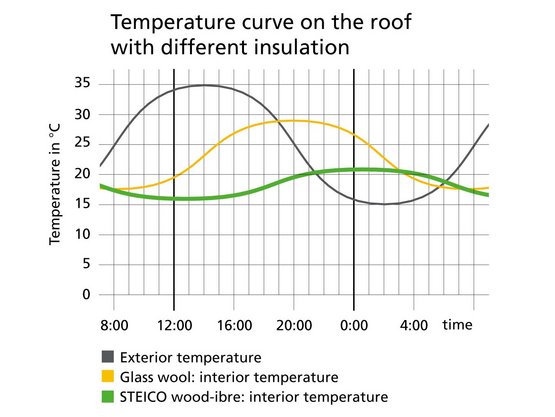
A special feature of Steico natural wood fibre insulation is its high capillary capacity, which binds moisture in the middle of the wood fibres, while the air in the space between the fibres remains dry, thus the thermal conductivity of the material remains permanently low and does not depend on weather conditions. This ability of wood insulation allows Steico boards to be used without vapour barrier. Natural wood-fibre insulation Steico Flex has a wide scope of application, the versatility of the material and its balanced technical characteristics allow to use Steico Flex boards in the construction of roofs, facades, floors, walls and interior partitions. At the same time, the sound insulation is noticeably improved.
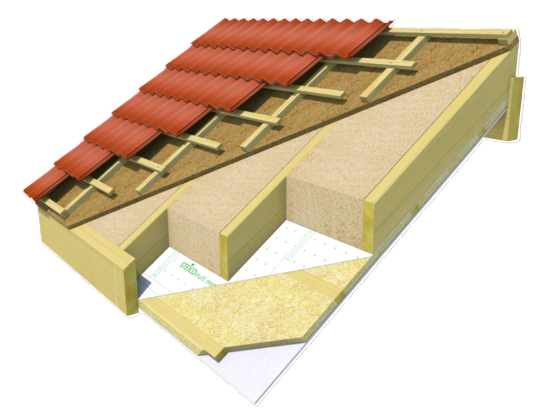
Moisture is not only dangerous from the outside, but also from the inside. Increased amounts of moisture are released, for example, when showering or cooking. Although the insulation layer is structurally protected against moisture, small holes in the vapour barrier can lead to more moisture penetration if not taken care of. If you have used a vapour permeable insulation material, there is nothing to fear. Whether flexible insulation boards, rigid insulation boards or air-filled insulation - all STEICO insulation materials have high diffusion openness. All STEICO insulation materials are vapour permeable, so they allow excess moisture to escape from the room. Simplified, the term "breathable constructions" is often used. STEICO insulation materials help to keep your structure dry and provide protection against moisture damage, mould and structural damage. Steico Flex wood fibre insulation is safer in a fire because wood fibres do not emit harmful substances and do not support the spread of combustion.
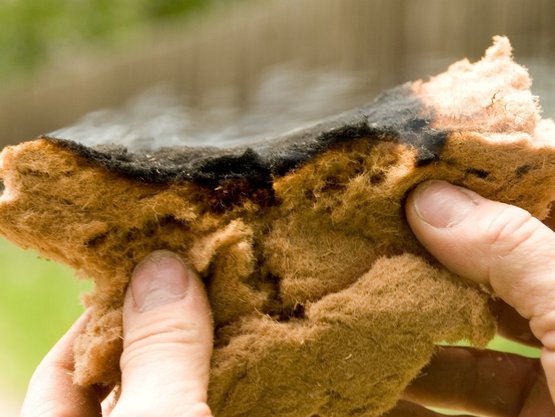
The Fraunhofer Institute for Wood Research, one of Germany's most renowned research institutes, has investigated and determined the fire behaviour of insulation materials made from renewable raw materials and rigid foams:
"Rigid foams burn extremely quickly, with very strong dark smoke production, and melt and drip during combustion. The natural insulation materials tested (including STEICO wood fibre insulation materials) also burn, but relatively slowly, with little smoke production and do not drip during combustion. Thus, the behaviour of natural insulation materials during a fire is significantly better than that of rigid foams, especially in the early stages of a fire, and is predictable."
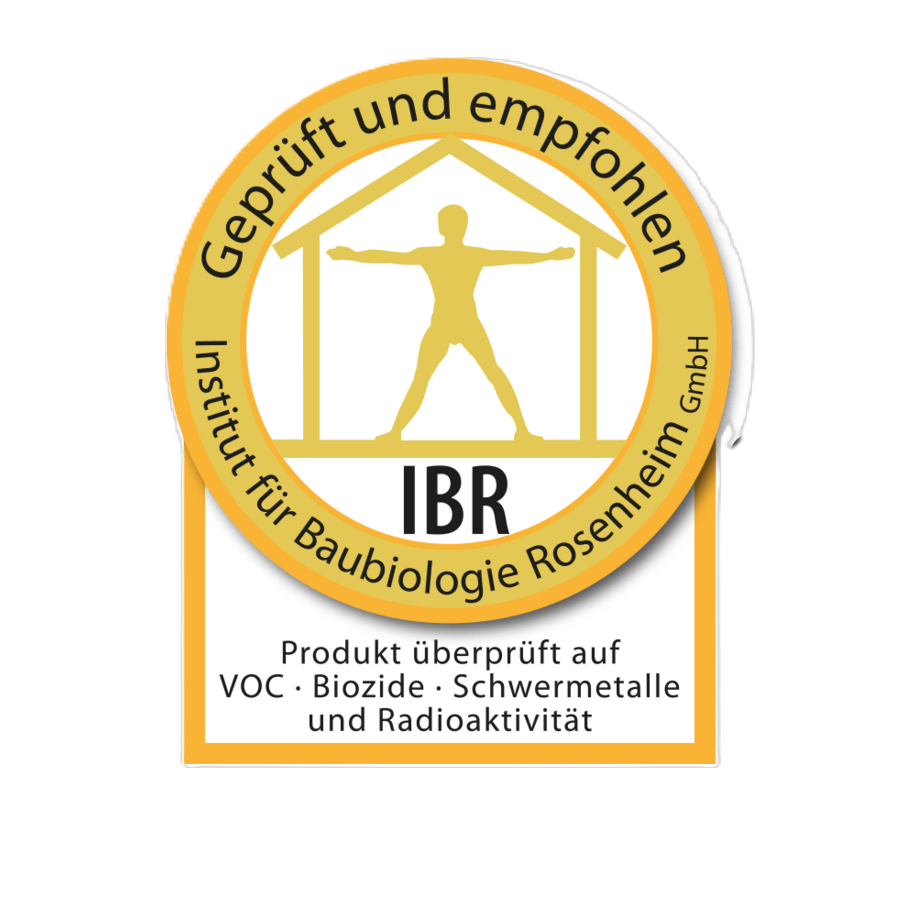
STEICO insulation materials are regularly independently inspected and tested. The IBR seal (Institut für Baubiologie Rosenheim) is proof that only harmless ingredients are used.
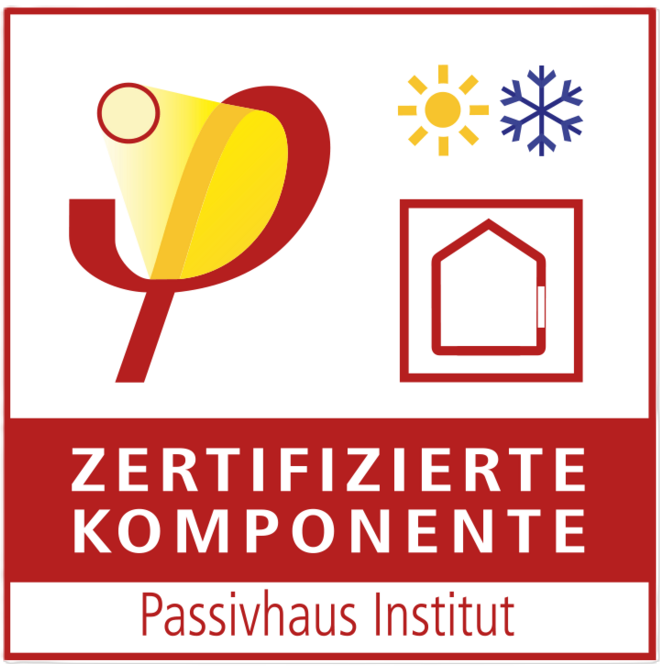
Steico Flex wood-fibre insulation has the following advantages compared to artificial insulation.
1. Steico Flex insulation is made of natural wood, which makes it safe for human health.
2. Steico Flex insulation has a high thermal protection property, which gives it advantages on hot summer days.
3. Steico Flex insulation has a low coefficient of thermal conductivity, which ensures minimal heat loss during cold periods.
4. Steico Flex insulation has good vapour permeability, which ensures that the house maintains a healthy microclimate.
5. Wood fibres, from which Steico Flex insulation is made, absorb excess moisture, and gradually give it away when the air in the house becomes too dry, thus maintaining comfortable conditions for people.
6. Thanks to wood fibres, in the middle of Steico Flex insulation does not condense water droplets, which guarantees the invariability of the properties of insulation in different weather periods.
7. Steico Flex insulation reduces CO2 emissions, which curbs negative climate change.
8. Steico Flex wood-fibre insulation is safer in case of fire, as wood fibres do not emit harmful substances.
9. Steico Flex insulation has all necessary EU certification




